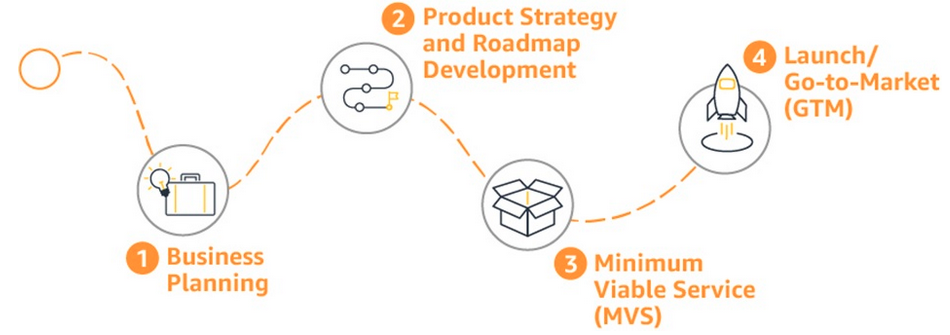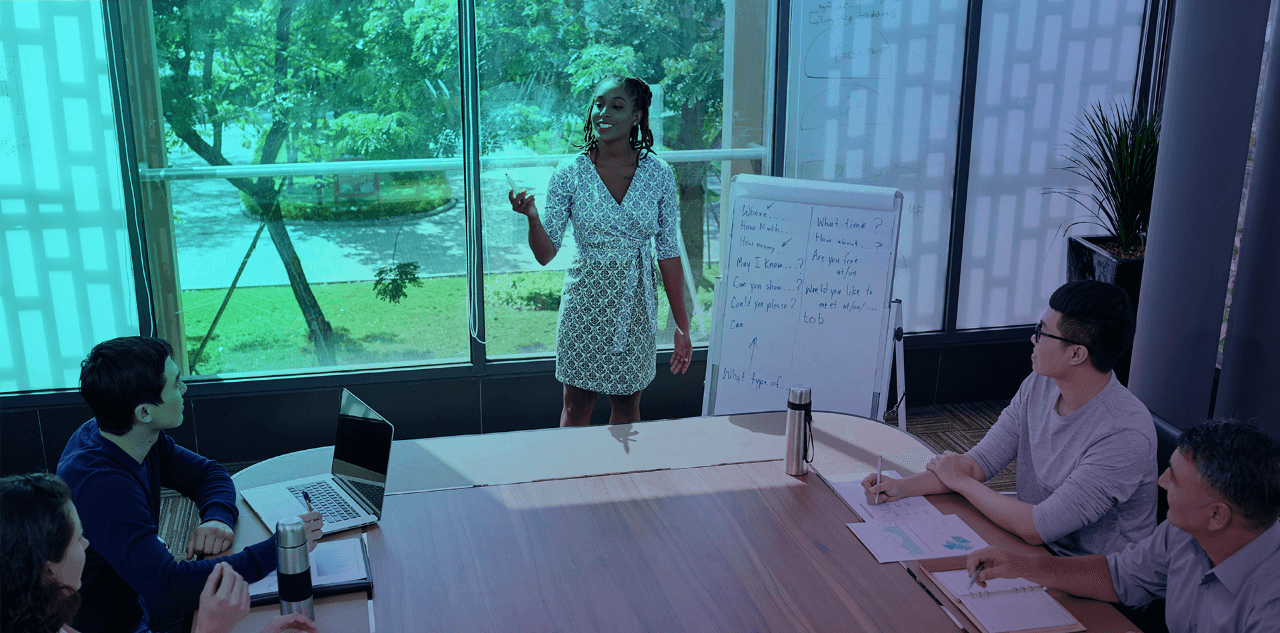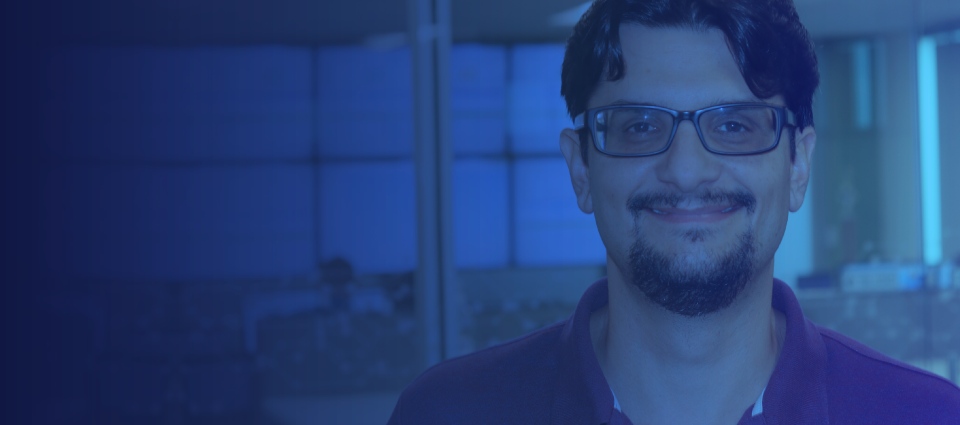Sales models, business models, interactions with customers, relationships with suppliers, and all the phases, processes, and steps involved in doing business are now supported by IT systems, applications, and services. As a result, we have seen companies make big investments in the last decades in hardware, software licenses and global IT service structures to enable relevant business strategies, such as building datacenters, creating global networks, and optimizing performance and availability. But in the last 15 years, this trend of investment in large and robust IT structures has been modernized, with the previous large amounts of capital expenditure (Capex) being shifted into operational costs (Opex), as part of the movement of services into the cloud.
The increase in cloud usage, alongside technological evolution and the search for optimization with the pay-per-use concept, has led, in the last 6 to 7 years, to companies increasingly looking to Software as a Service (SaaS) applications, which can be adapted to the business, while also allowing a quick response to changes in context. This reality not only reduces investment levels, but leads to a scenario where pay-per-use is linked to business variables, with transparent elasticity and maximum risk transfer for non-core business activities.
The result is a rapid expansion in the number of SaaS solutions on the market (or several other “as a service” acronyms). Interestingly, these solutions are so specialized that they are coming to the market through companies that do not have their original expertise in the technology area, but that are able to relate to cloud providers (AWS, Google Cloud, Microsoft) and to integrators, consulting and technology partners, such as Stefanini, to develop a solution. This means we’re seeing the development of SaaS businesses born from the generalization of specialized knowledge, which is a phrase that would seem confusing or contradictory if we didn’t live in this new reality.
Does this mean we’re moving toward a world where everything will be SaaS? It’s difficult to provide an objective answer independent of the context – as already noted by the likes of HashedIn (Deloitte) and CompTIA – with common concerns such as security, customization flexibility, latency or compliance with legislation set to play an important role. Additionally, any project to build SaaS solutions must be developed with an understanding of these factors, going beyond simply having good software and making it available in the cloud.
According to the SaaS Journey Framework Whitepaper, published by AWS, the journey of building a SaaS solution will go through 4 stages:

What is clear is that building a SaaS is not an isolated technology decision, but a decision that must be made with reference to the market strategy, the business model to be adopted, as well as the security, isolation, optimization and experience model that will be generated in the service consumption. While this gives us a framework for a strategy, our next article will explore the challenges of preparing and building a SaaS project, with reference to the technical and technology aspects involved.




















